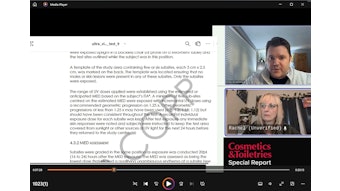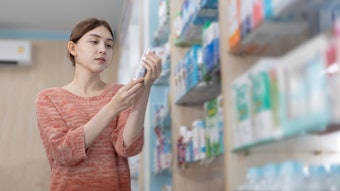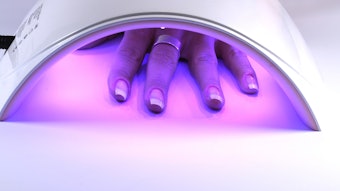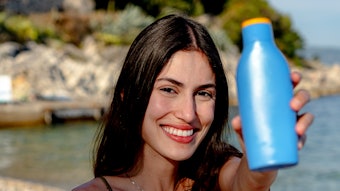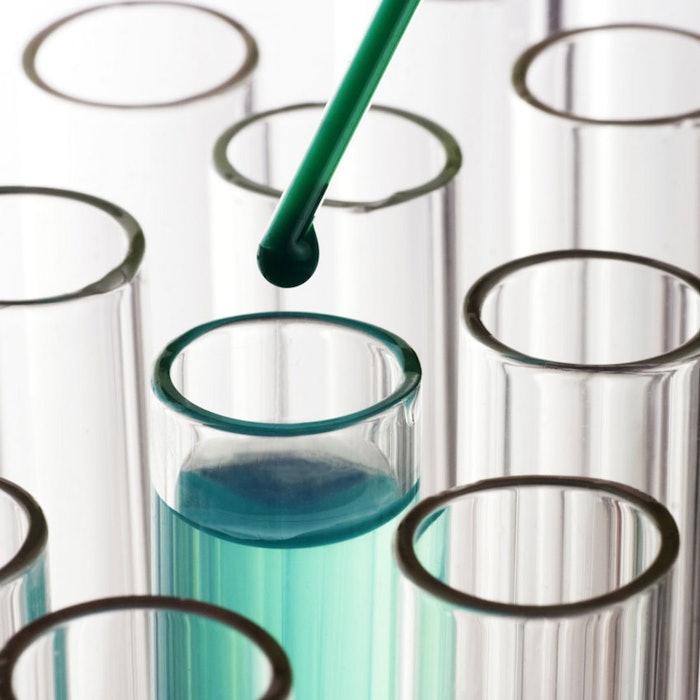
Editor’s note: This article is the sixth installment in a series covering the EU requirements for cosmetic products; see the previous: Part I, Part II, Part III, Part IV and Part V.
As previously described, Cosmetics Regulation (EC) No. 1223/2009 is the main regulatory framework for cosmetic products placed on the EU market.1 Cosmetic products must be safe for human health, thus the regulation requires they undergo a safety assessment; also described previously.2
Per the EU regulation, the safety of cosmetic products overall is based on the safety of their ingredients.3, 4 The rationale behind this is that many thousands of different cosmetic products on the EU market are all derived from a limited number of substances. Therefore, these substances must be evaluated by toxicological testing, comprising the following.
Risk Assessment Procedure
The procedure is divided in four parts:
1. Hazard identification: This is carried out to the intrinsic toxicological properties of the substance.
2. Dose-response assessment: This evaluates the relationship between the exposure and and toxic response. In the case of an effect with a threshold, usually the highest dose at which no adverse effects are observed (NOAEL) is determined.
3. Exposure assessment: This refers to the amount of the substance and frequency with which humans are exposed to it. These determinations are used to calculate the systemic exposure dose (SED).
4. Risk characterization: In the case of a threshold effect, the Margin of Safety (MoS) is calculated using the following equation: MoS = NOAEL/SED. An ingredient must have a MoS of at least 100 to be safe in a specific formulation.
Toxicological Endpoints
To determine the toxic potential of a cosmetic substance, a series of toxicity studies is performed to determine the hazard. The EU regulation prohibits the marketing of finished products containing ingredients subjected to animal testing after 2013. The safety data must therefore be derived from alternative non-animal means.
Endpoints that may be relevant for the toxicological profile are listed below. For each one, different test methods may be used and are usually referred by their Organization for Economic Cooperation and Development (OECD) number.
5. Skin irritation: Assay on reconstructed epidermis (OECD 439)
6. Eye irritation: BCOP (OECD 437), ICE (OECD 438), FL test (OECD 460), EpiOcular (OECD 492), STE (OECD 491), Het-Cam
7. Skin sensitization: KeratinoSens (OECD 442D), DPRA (OECD 442C), h-CLAT (OECD 442E)
8. Genotoxicity: Ames test (OECD 471), MLA (OECD 476), Chromosomal aberration (OECD 473), Micronucleus (OECD 487)
9. Photo-induced toxicity: 3T3 NRU (OECD 432)
All data sources can be used, including data, published literature, in silico (QSAR) information, relevant data on analogous compounds, post-market surveillance, etc. An appropriate weight-of-evidence (WoE) approach is used in the safety assessment for reviewing data from all existing sources.
Once completed, the toxicological data for all substances will be taken into consideration by the safety assessor during the safety evaluation of a finished cosmetic product.
References
All websites accessed Jan. 19, 2017.
1. https://eur-lex.europa.eu/legal-content/EN/TXT/HTML/?uri=CELEX:02009R1223-20150416&from=EN
3. https://eur-lex.europa.eu/legal-content/EN/TXT/?uri=CELEX%3A32013D0674
4. SCCS’s Note of guidance for the testing of cosmetic ingredients and their safety evaluation, 9th revision (SCCS/1564/15) (Sep 29, 2015)
Additional resource: European Commission website, https://ec.europa.eu/health/scientific_committees/consumer_safety/docs/sccs_o_190.pdf



